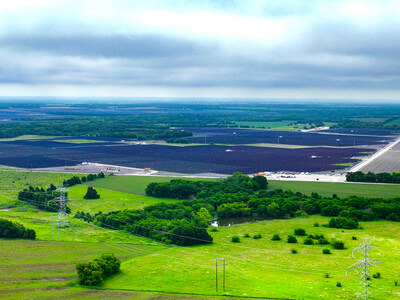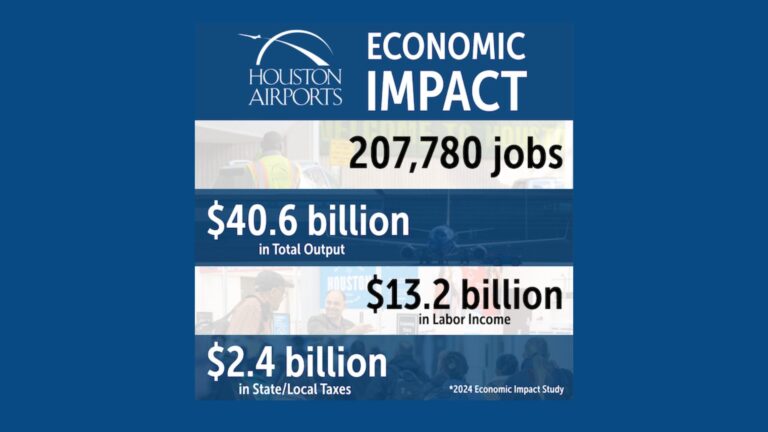
FALLS COUNTY, Texas — National Grid Renewables announced the start of commercial operation at its Copperhead Solar and Storage Project (Copperhead) located in Falls County, Texas, further expanding the company’s clean energy economic benefits across the Lonestar State.
Located in the Electric Reliability Council of Texas (ERCOT) market, Copperhead is a 150-megawatt (MW) solar and 100-megawatt hour (MWh) storage project that celebrated its groundbreaking in the fall of 2022. Copperhead is anticipated to contribute $25 million in direct economic impact, including $12 million in new tax revenue over the first 25 years of operation, a news release said. Additionally, and unique to National Grid Renewables, the project will also contribute $600,000 through the Copperhead Community Fund to three volunteer fire departments and a youth athletic organization in Falls County, Texas.
“We continue to grow our renewable energy portfolio within the state of Texas and persist in our dedication to contributing positively to the economic well-being of the communities in which we operate,” said Blake Nixon, President of National Grid Renewables. “Copperhead signifies this commitment, and we look forward to continuing to be good neighbors and partners with the Lonestar state and its residents.”
“Falls County is grateful for all the support from National Grid Renewables, which has provided an invaluable resource to our community through the Copperhead Charitable Fund,” said Jay T. Elliott, Falls County Judge. “The county is now able to provide additional services and personnel that would not be possible without the Copperhead Solar & Storage project.”
In addition to the economic benefits that Copperhead will contribute to the state, there are significant environmental benefits as well. Using the United States Environmental Protection Agency’s (EPA) greenhouse gas equivalencies calculator, the project is estimated to offset carbon dioxide emissions by 250,000 metric tons annually. This is equivalent to removing 55,000 cars from the road for one year.
Source: National Grid Renewables







